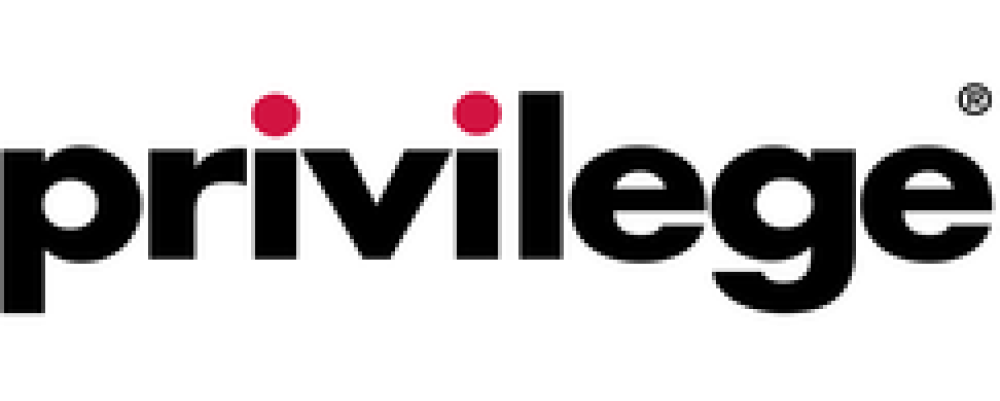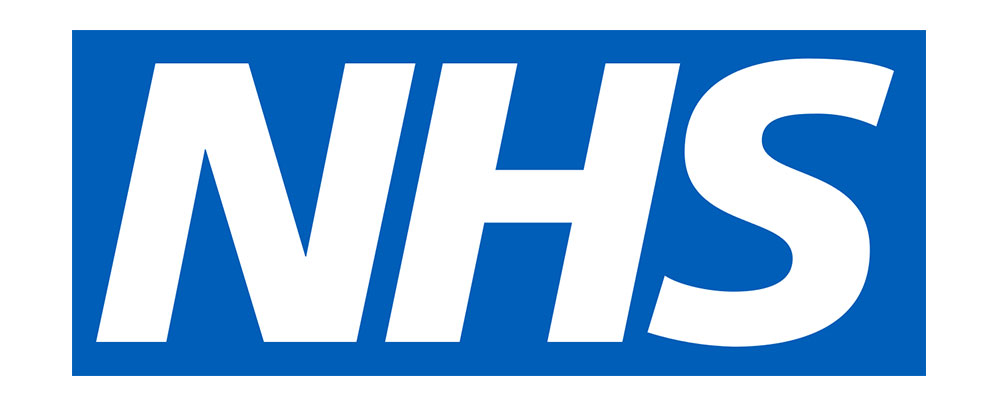Introduction
The use of online (as opposed to face-to-face), qualitative research for conducting focus groups has increased sharply over recent years.
But what is driving this trend and as a client, how do you decide whether online or face-to-face qual is right for your project?
In this article we explain the main reasons behind the growing popularity of online qual and contrast the strengths and weakness of both approaches.

Definitions
Before we start, it’s worth clarifying what we mean by face-to-face (f2f) and online qualitative research.
Face-to-face qualitative research
This term refers to any sort of synchronous (moderator and respondent interacting in real time), qualitative research that is conducted in person – meaning focus groups, but also mini groups and 1-2-1 interviews.
The term online qualitative research is used when those same, synchronous focus groups (or mini groups or 1-2-1 interviews) are conducted online instead, via desktop, laptop, tablet or mobile.
In addition to the above, online qual can be conducted asynchronously (when interaction between moderator and respondent doesn’t take place in real time). The best example of this form of qual is the online research community, where a group of c. 12 or more respondents are involved in a qualitative research study that lasts days, weeks or even months.
Why has online qual become so popular?
Just a couple of years ago, many qualitative research agencies and freelancers were still recommending f2f qual as the default, focus group option, without giving clients the choice of an online alternative.
This was often due to a combination of factors:
- A lack of online qual experience on behalf of qualitative research providers
- A concern by researchers that less tech-savvy consumers wouldn’t wish to take part online qual
- A preference by clients for f2f groups
- A general belief that online qual couldn’t deliver the same depth of research insight as f2f
However, as COVID forced millions of people to overcome their nervousness about online chatting with friends and family on video conference platforms like Teams and Zoom, so many of those concerns quickly evaporated.
As a result, it’s probably no exaggeration to say that the pandemic has accelerated the mainstream adoption of online qualitative research by at least 5 years.
Ultimately though, the question of whether f2f or online qual is most suitable needs to be addressed on a project-by-project basis. If you speak to an agency that offers both approaches you can be confident that their recommendation will be based on what is best for your project.
Online versus f2f qual – strengths and weaknesses
But what are the strengths and weaknesses of online versus f2f qual that the agency should be considering? We consider some of the most important ones below
Recruiting geographically dispersed respondents
For brands with relatively niche product offers, recruiting enough participants for just one f2f group can prove challenging.
In these instances, online qual can provide the perfect solution, because it enables consumers from across the country to take part in a single, online group.

And when it comes to mass market propositions, best practice is generally to undertake focus groups in two or more parts of the country so that contrasting, regional perspectives and behaviours can be identified and reconciled.
Again, by mixing respondents from different locations within an online focus group approach, geographical coverage can be more easily achieved, often within a smaller number of groups – and with a significant cost-saving.
Round One to online qual!
Making respondents feel relaxed at the outset
For respondents to contribute openly and honestly within a focus group, they first need to feel at ease. Whilst both online and f2f qual present challenges in this regard, there are usually more challenges for respondents to overcome in f2f qual.
For example, f2f groups often take place in the evening, to give respondents time to finish work and travel to the research venue. Getting there on time for say, a 6.15 pm start, can mean that they arrive feeling tired and stressed before the group has even begun!
Added to that, f2f groups are often conducted in hotel meeting rooms or purpose-built market research studios (with a 1-way mirrors behind which clients sit). These unfamiliar environments can be intimidating for respondents, who then take longer to warm to their task.
In online qual, on the other hand, respondents will often participate from home, meaning they are in a familiar environment and aren’t surrounded by strangers whose presence might otherwise be off-putting. As a result, they are more likely to be able to ‘hit the ground running’.
So online qual just about edges it in this round, because the respondents’ home environment acts as a built-in advantage.
However, in qualitative research one of the main jobs of the moderator is to help banish respondent nerves quickly – irrespective of the approach that is being used. In f2f qual, the best moderators are experts at this and have a wide variety of tried and trusted techniques for quickly putting respondents at ease.
Maintaining respondent focus and engagement throughout the focus group
Focus groups are tiring! As a result, it can be hard for respondents to maintain energy and concentration right up to the end of the session and the longer the session lasts, the more likely it is that some form of distraction will cause concentration to break.
Of course, distractions can occur whether the research is taking place f2f or online. However, for those taking part in online research from home, there are typically more things to distract the attention, from partners, babies, pets and dodgy internet connections, to ringing phones and deliveries arriving at the front door!
To minimise the possibility of such distractions seriously disrupting online focus groups, it’s important that the online respondents are asked at recruitment stage to ensure they take all possible steps to isolate themselves during the session itself.
During the group its otherwise up the moderator to maximise engagement. They do this by maintaining a suitable pace and using a combination of research tools, body language and eye contact.
Whilst moderators are typically very proficient at this, it is generally easier to do when the session is f2f, rather than online.
Round Three to f2f qual!
Reading body language and facial expressions

For a qualitative researcher, the ability to differentiate between what a respondent says and what they often mean is critical, so their ability to read a respondent’s facial expressions and body language in the moment can be key.
Whilst this can be achieved in online sessions it is much easier to do when face-to-face.
Round 4 to f2f qual!
Diluting group effect
One of the main criticisms levelled at f2f focus groups is that individual respondents can be influenced and / or intimidated by the personality and opinions of more forceful members of the group. Also, that they may find it difficult to express an opinion if it goes against the view of the majority.
In this instance, online qual has an advantage. The fact that respondents are physically removed from each other means that the potential for group effect is significantly reduced.
Of course, that is not to say that group effect is an inevitability in f2f groups. It is, again, one of the most basic jobs of the moderator to ‘manage’ the stronger respondent personalities, whilst also ensuring that the other respondents feel able to speak their minds.
Whilst group effect is not the f2f qual issue that some online qual practitioners make it out to be, the remote nature of online qual means that the online moderator usually has less to do in terms of managing respondent personalities.
Round 5 to online qual!
Researching samples and stimulus material
Advertising and new product development (npd) projects often require concepts to be explored qualitatively using:
- Stimulus material (e.g., concept boards) that contains a combination of words and pictures
- Product samples
- Packaging mock-ups
On these occasions, online qual can present significant logistical challenges. For example:
- Product samples that require testing may need to be sent out in advance of the actual focus group and be tested at-home before that group begins
- When concept boards are being viewed online, screen size can be an issue, particularly if the respondent is using a tablet or a mobile phone
The ‘removed’ nature of online qual also makes it more difficult to explore subject matter with an emotional component.
On the other hand, online focus groups tend to work very well for the evaluation of more straightforward concept material.
Round 6 – f2f shades it!
Cost
For many clients, cost is not surprisingly the biggest consideration when selecting both research supplier and approach. In these instances, online qual typically beats f2f hands down.
This is because:
- Recruitment and incentive costs tend to be slightly lower per head for online qual than for f2f
- Online qual groups tend to include less respondents than f2f ones (4 or 6 instead of 8), so there is a per groupsaving
- For online groups there is no need to hire a hotel meeting room (c. £300 per evening) or a studio in a market research viewing facility (c. £800 per evening)
- Clients cannot physically attend online groups, meaning there is no need to lay out for travel and subsistence
Round 7 to online!
Conclusion
As this article shows, both online and f2f qualitative research have different strengths and weaknesses, meaning that each approach is particularly suited to certain types of qualitative research.
Very broadly, the more complex, detailed and nuanced the research, the greater the likelihood that research f2f qual is going to be required.
On the other hand, the more straightforward, the more it is likely to suitable for an online qual approach.
As online qual capability and tools continue to develop, so the opportunities for online qual will only grow. However, there will always be an important role for f2f qualitative research to play.
If you need support with a qualitative research project, please contact Brandspeak on 0203 8580052 or enquiries@brandspeak.co.uk.














